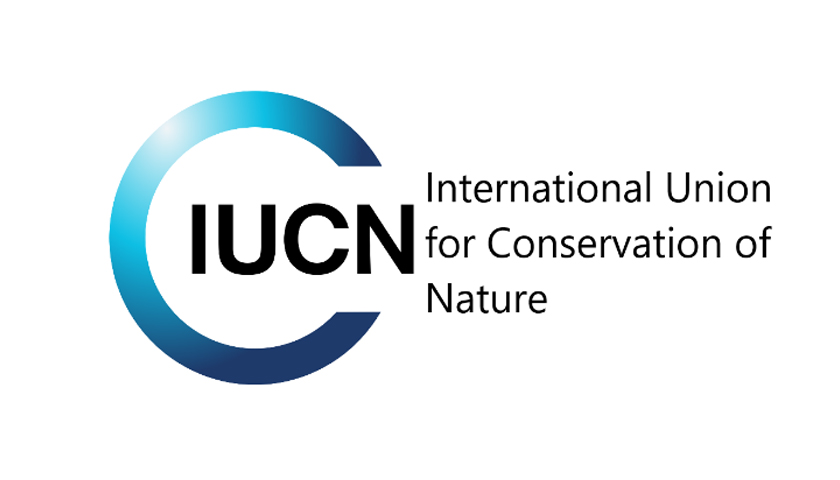The International Union for Conservation of Nature (IUCN) has published its first Restoration Barometer report, documenting that investments of $26bn across 18 countries have brought 14 million hectares of degraded landscapes – an area about the size of Greece – under restoration.
The report details how 18 countries are using the Restoration Barometer tool to track progress on their restoration commitments under global agreements, which total 48 million hectares by 2030. It shows that restoration activities are currently ongoing in a total of 14 million hectares, thanks to a cumulative investment of $26bn from public and private sources. It also highlights the various benefits these restoration efforts bring for conservation and sustainable development. Detailed case studies in the report – e.g., on Mozambique’s National Mangrove Strategy; satellite use in Guatemala; and endangered species protection in Mexico – also reveal that through restoration efforts in these 18 countries, 12 million jobs were created and over 145 million tonnes of carbon were sequestered in 2022.
Endorsed by over 50 governments, the Restoration Barometer was developed by IUCN with the support of the German Federal Ministry for the Environment, Nature Conservation, Nuclear Safety and Consumer Protection. It is the only tool that is already being used by governments to track restoration and its benefits across all terrestrial ecosystems, including coastal and inland waters, and report on their commitments against global frameworks such as the UN Decade on Ecosystem Restoration, Bonn Challenge, Paris Agreement or 1t.org. It will also allow countries to track progress against restoration commitments under the forthcoming post-2020 Global Biodiversity Framework targets leaders will set at COP15.
“As countries commit to ecosystem restoration, like Canada did today through its ambitious Bonn Challenge pledge, the Restoration Barometer tool enables them to build a comprehensive picture of their progress, helping them to identify what is working, where and how, which leads to more impactful action and better targeted investments. This means restoration efforts can not only be maximised but fully sustained during this critical decade to save our natural world,” says Carole Saint-Laurent, Head of IUCN’s Forests and Grasslands Team.
Using the Restoration Barometer tool, countries record their restoration policies, modes of planning, monitoring systems and funding structures that make their efforts possible and ensure they will continue. They can then track the sizes of the areas under restoration, plus the corresponding climate, biodiversity and socio-economic benefits that result from the restoration programmes being implemented.
Christiane Paulus, Director, Directorate-General, Nature Conservation, Sustainable Use of Natural Resources, Nature-Based Climate Action, German Federal Ministry of the Environment, Nature Conservation, Nuclear Safety and Consumer Protection, said: “The Restoration Barometer supports governments to track progress on their restoration targets and to report to the UN Conventions efficiently and consistently on protecting and helping biodiversity to recover while also sequestering and storing carbon. This UN Decade on Ecosystem Restoration is critical to accelerate the restoration of forests and ecosystems and safeguard climate and biodiversity.”
Natalia Alekseeva, UN Decade on Ecosystem Restoration Coordinator, UN Environment Programme, said: “The UN Decade on Ecosystem Restoration can only succeed if we measure progress on the ground. This is where tools like IUCN’s Restoration Barometer are crucial. Countries have promised to restore 1 billion hectares – an area the size of China. But where is that restoration happening? And how successful is it? The Barometer is already and will continue to be essential in answering this question, and we anticipate close collaboration with the UN Decade’s monitoring platform, the Framework for Ecosystem Restoration Monitoring.”
Anita Diederichsen, WWF lead for Forest Landscape Restoration, said: “It is encouraging to see progress made by countries in their landscape restoration targets, as outlined in the 2022 Restoration Barometer report. The report provides critical insight that will be instrumental in increasing transparency and accountability. And it goes beyond the hectares to show the impact of restoration on people and the climate, a key part of the global restoration agenda. At WWF, we see the Restoration Barometer as an important tool to gauge progress on the Bonn Challenge and to support our own implementation actions in the many countries we operate in.”
Jim Hallett, Vice Chair and Past Chair, Society for Ecological Restoration; Vice Chair, Global Partnership for Forest and Landscape Restoration, said: “The Bonn Challenge and other global initiatives have stimulated national commitments to restore over 1 billion hectares of degraded ecosystems. The UN Decade on Ecosystem Restoration is helping to move from commitment to action, and the Restoration Barometer is an effective tool for marking progress.”
The Barometer will be further extended to include restoration efforts in kelp, seagrasses and shallow reefs, allowing users to report from ridge to reef. Looking ahead, the Restoration Barometer will also be made available for use by companies seeking to set and track restoration targets; 34 companies are currently piloting the tool in collaboration with the World Economic Forum and 1t.org. Next year, this new application will go live on the Restoration Barometer website, opening up opportunities for the private sector to transparently monitor company-wide restoration commitments.
